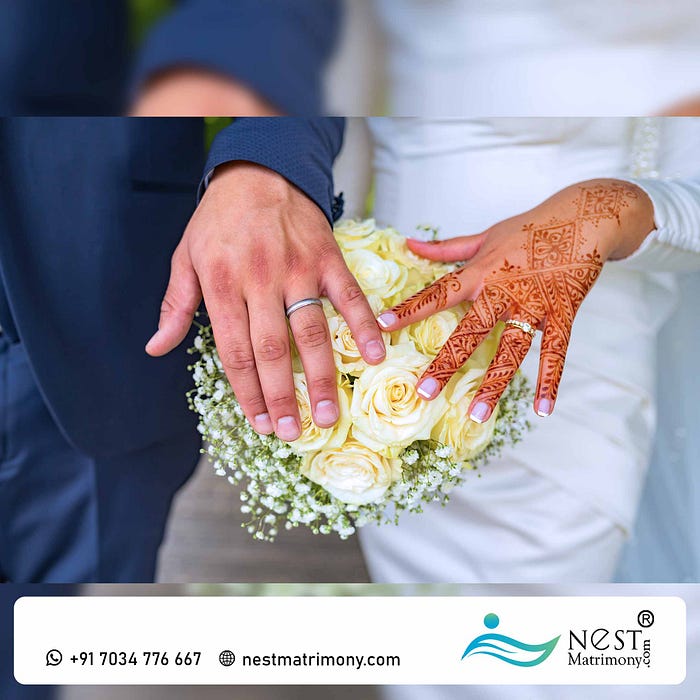Bridal Mehandi

Bridal mehndi, also known as henna, is a traditional art form where intricate designs are drawn on the hands and feet of the bride using henna paste. It’s an integral part of many cultures, especially in South Asia, the Middle East, and North Africa, where it’s considered auspicious and symbolizes joy, beauty, and spiritual awakening.
Bridal mehndi designs are typically more elaborate and intricate compared to regular henna designs. They often incorporate motifs such as flowers, paisleys, intricate patterns, and sometimes even elements that reflect the couple’s love story or cultural heritage. The application of mehndi is often accompanied by singing, dancing, and other festivities, making it a joyful and celebratory occasion.

The bride usually gets her mehndi done a day or two before the wedding ceremony, and it’s believed that the darker the mehndi color turns out, the more love and affection the bride will receive from her husband and in-laws. After application, the mehndi paste is left to dry for a few hours, and then it’s either scraped off or washed off gently, revealing the beautiful reddish-brown stain underneath.
Apart from its cultural significance, bridal mehndi has also gained popularity as a form of temporary body art, with many brides opting for intricate designs not only on their hands and feet but also on other parts of their bodies. It’s a beautiful and meaningful tradition that adds to the richness and charm of weddings in many cultures.



Comments
Post a Comment